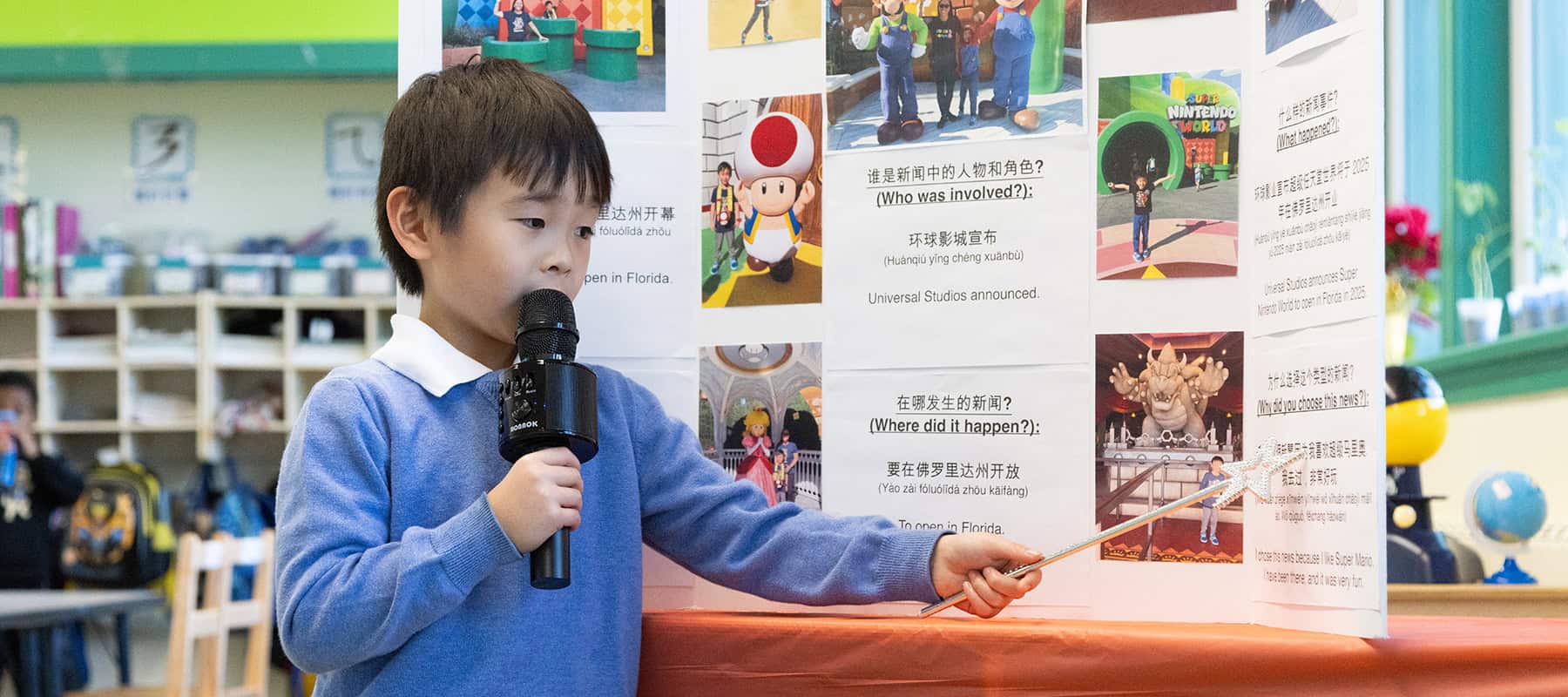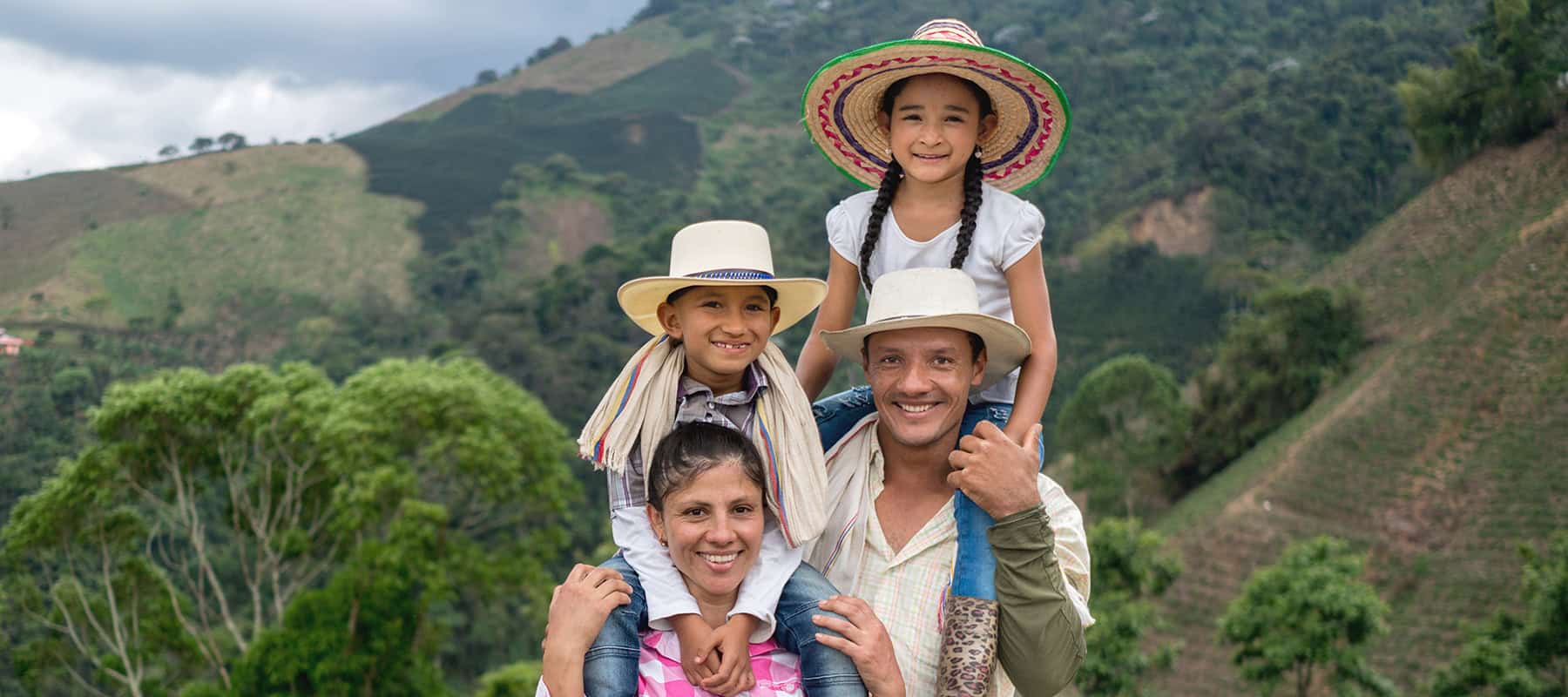Introduction:
Bilingualism is more than just speaking two languages—it’s a way to bring families closer together across generations, cultures, and even continents. Whether it’s bonding over a shared heritage or making family traditions come alive, bilingualism builds family connections on a deeper level. Let’s dive into how fostering bilingualism creates strong, lasting ties while sharing some stories and tips along the way.
Table of Contents
- Introduction: How Bilingualism Builds Stronger Connections
- Communication: The Heart of Family Bonds
- Bilingual Family Benefits: Keeping Culture Alive
- Smarter Minds, Stronger Connections
- Bridging Generations and Building Stronger Family Connections
- Building Resilience Together
- Thriving in A Multicultural World
- Tips for Raising Bilingual Kids
- Leaving a Legacy of Connection
- Jump! Immersion School Helps Families Build Bridges
Key Takeaways:
- Bilingualism fosters stronger connections in families creating a sense of unity and accomplishment.
- Teaching a heritage language keeps traditions, values, and cultural identity alive.
- Bilingual programs, such as those at Jump! Immersion school, sharpen problem-solving and creativity, while fostering empathy and adaptability.
- Navigating bilingualism as a family encourages teamwork.
These benefits extend to family dynamics, improving understanding and collaboration
Communication: The Heart of Family Bonds
Ever tried to tell a story but felt like it lost its magic in translation? That’s where bilingualism shines. Speaking in a shared language creates special moments, especially for families where grandparents and kids may otherwise struggle to communicate.
Imagine a family that takes a trip to visit their great-aunt in Guatemala. If the kids are learning Spanish in school, they can hear hilarious stories about their parents and learn traditional family recipes from their tía abuela in her native Spanish. These are the types of shared experiences that can bring a family closer in ways only language can.
Bilingual Family Benefits: Keeping Culture Alive
Language is like a time machine to your heritage—it carries traditions, values, and history. Families who teach their kids a heritage language do more than just add to their vocabulary. They pass down a cultural identity that feels like home.
From cooking traditional meals to celebrating holidays in their native tongue, bilingual families turn everyday activities into cultural experiences. Kids who grow up speaking their family’s language tend to have a stronger connection to their roots and are more likely to carry those traditions into the future.
Smarter Minds, Stronger Connections
Did you know bilingual kids often develop sharper problem-solving skills and creativity? It’s like a brain workout that benefits the whole family. The cognitive perks from being bilingual also lead to better family communication and understanding, helping to bridge generational gaps.
Socially, bilingualism teaches empathy and adaptability. When kids can chat with relatives in their native language, it builds respect and appreciation for those relationships. A quick phone call with grandparents in another language can go from a polite check-in to a heartwarming conversation.
Bridging Generations and Building Stronger Family Connections
Language can close the distance—both physical and emotional—between generations. For example, Mandarin lessons can help children stay connected with their yéye and nǎinai in China. Though living continents apart, every video call becomes an opportunity for the kids to practice their Mandarin and hear their grandparents’ amazing stories. This illustrates how language can bridge distances and keep families close, no matter how far apart they are.
And it’s not just one-sided. Parents and grandparents who learn the dominant language of the younger generation show a willingness to connect in new ways, creating even more mutual respect.
Building Resilience Together
Let’s be honest: being a bilingual family can have its challenges. Balancing two languages and cultures isn’t always easy, but it builds resilience and teamwork. When families work together—whether it’s practicing vocabulary or navigating cultural differences—they grow stronger as a unit.
Parents might tell bedtime stories in their heritage language, while kids help translate a menu on vacation. These shared efforts create a sense of accomplishment and connection that’s hard to beat.
Thriving in A Multicultural World
Bilingualism creates a beautiful balance: it helps kids feel confident navigating different cultures while staying rooted in their family’s heritage. For parents, it’s an opportunity to share their pride in where they come from while helping their kids thrive in a multicultural world.
When everyone in the family feels seen, heard, and understood, the bonds grow stronger—and bilingualism is often the glue holding it all together.
Tips for Raising Bilingual Kids
Want to make bilingualism a part of your family’s story? Here are a few simple ways to start:
- Start Young: Kids soak up languages like sponges, so introduce them early.
- Consider A Language Immersion School: These schools teach in both English and the second language giving your child the edge in our interconnected world.
- Celebrate Traditions: Pair cultural activities with language learning—like cooking or storytelling.
- Use Fun Resources: Bilingual books, apps, and games are lifesavers.
- Be Patient: Progress takes time, so celebrate the little wins!
Leaving a Legacy of Connection
Bilingualism isn’t just about words—it’s about creating a legacy of connection, understanding, and shared experiences. Whether it’s learning a family recipe, hearing a joke that only works in one language, or bridging a generational gap, bilingualism makes family life richer and more meaningful.
In a world that’s more connected than ever, bilingual families aren’t just raising kids who can thrive globally—they’re building stronger, more compassionate relationships at home.
Jump! Immersion School Helps Families Build Connections
Jackie Sanin, president and founder of Jump! has seen bilingual education bring families closer. She explains, “At Jump! Immersion School, our immersive language programs not only foster bilingualism, a love of learning and critical thinking. We also help our students understand and appreciate the richness of their heritage and become culturally aware—valuable skills for our globalized society.”
Learn more at jumpimmersion.com and schedule an information tour to see how we can give your child a Jump start toward a bright future.
FAQs on How Bilingualism Builds Stronger Family Connections
1. How does bilingualism enhance family communication?
Bilingualism helps bridge language gaps between generations, enabling deeper connections. For example, children can communicate with grandparents in their native language, sharing stories and traditions that might otherwise be lost in translation.
2. How can bilingualism help preserve cultural heritage?
Learning a heritage language keeps family traditions, values, and cultural identity alive. Activities like cooking traditional meals or celebrating holidays in a native language allow children to connect with their roots while fostering a sense of belonging.
3. What are the cognitive and social benefits of bilingualism for families?
Bilingual children develop sharper problem-solving skills, creativity, and adaptability. These skills improve communication and understanding within families, helping bridge generational gaps and building respect for relationships.
4. How does bilingualism strengthen intergenerational bonds?
By learning their family’s native language, children can connect emotionally with older relatives, even across continents. Grandparents and parents who also learn the child’s dominant language foster mutual respect and understanding.
5. What challenges do bilingual families face, and how can they overcome them?
Balancing two languages and cultures can be challenging, but it builds resilience and teamwork. Families can overcome these challenges by practicing languages together, celebrating small milestones, and integrating language learning into daily routines.
6. How can parents start raising bilingual children?
- Begin language exposure early, as kids pick up languages quickly when young.
- Consider enrolling in a language immersion school to build bilingual skills.
- Pair cultural activities like cooking or storytelling with language learning.
- Use fun resources like bilingual books, apps, and games to make learning enjoyable.
- Be patient and celebrate progress, even small achievements.
7. How does bilingualism contribute to a family’s sense of belonging?
Bilingualism helps children navigate different cultures confidently while staying rooted in their family’s heritage. It fosters a sense of pride and connection within the family, making everyone feel seen, heard, and understood.
7. What are some simple ways to incorporate bilingualism into daily life?
- Share family stories in the heritage language.
- Cook traditional recipes together and discuss them in the native tongue.
- Encourage video calls with relatives in their preferred language.
- Use bilingual resources such as games, books, and online tools.
7. How does bilingualism build a legacy for families?
Bilingualism creates a legacy of connection, shared experiences, and understanding. From learning a family recipe to enjoying jokes that work only in one language, bilingualism enriches family life and strengthens bonds across generations.




